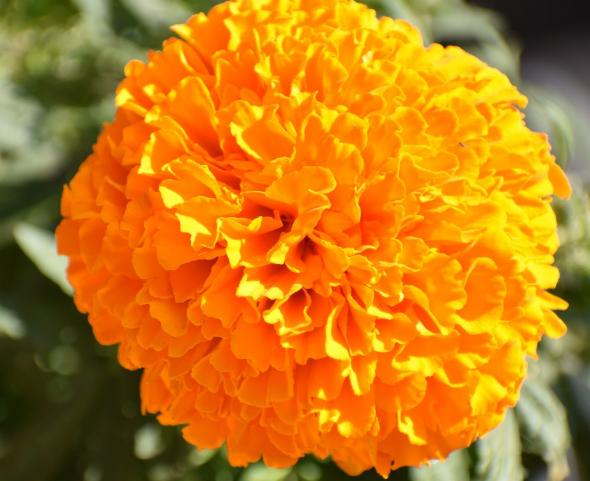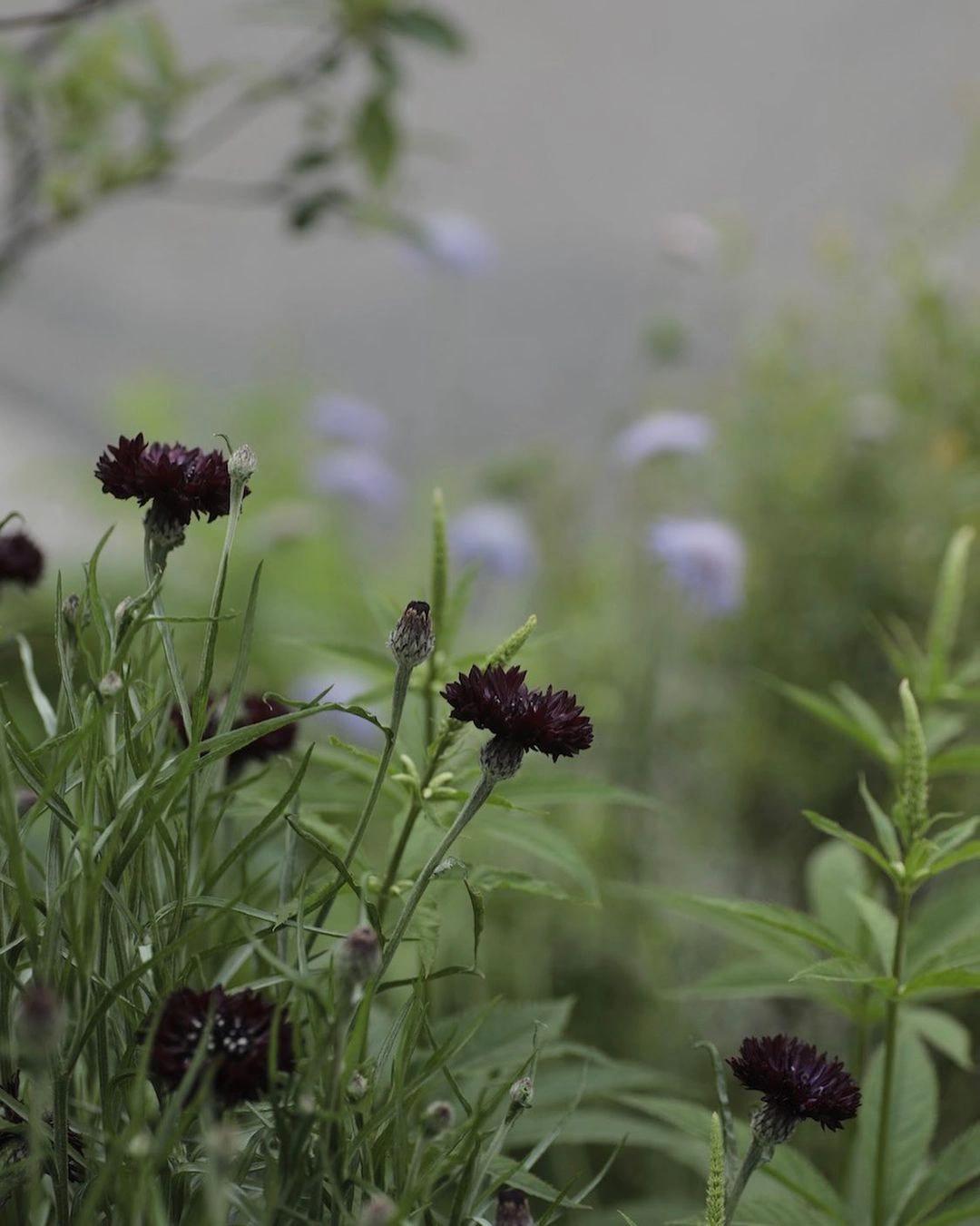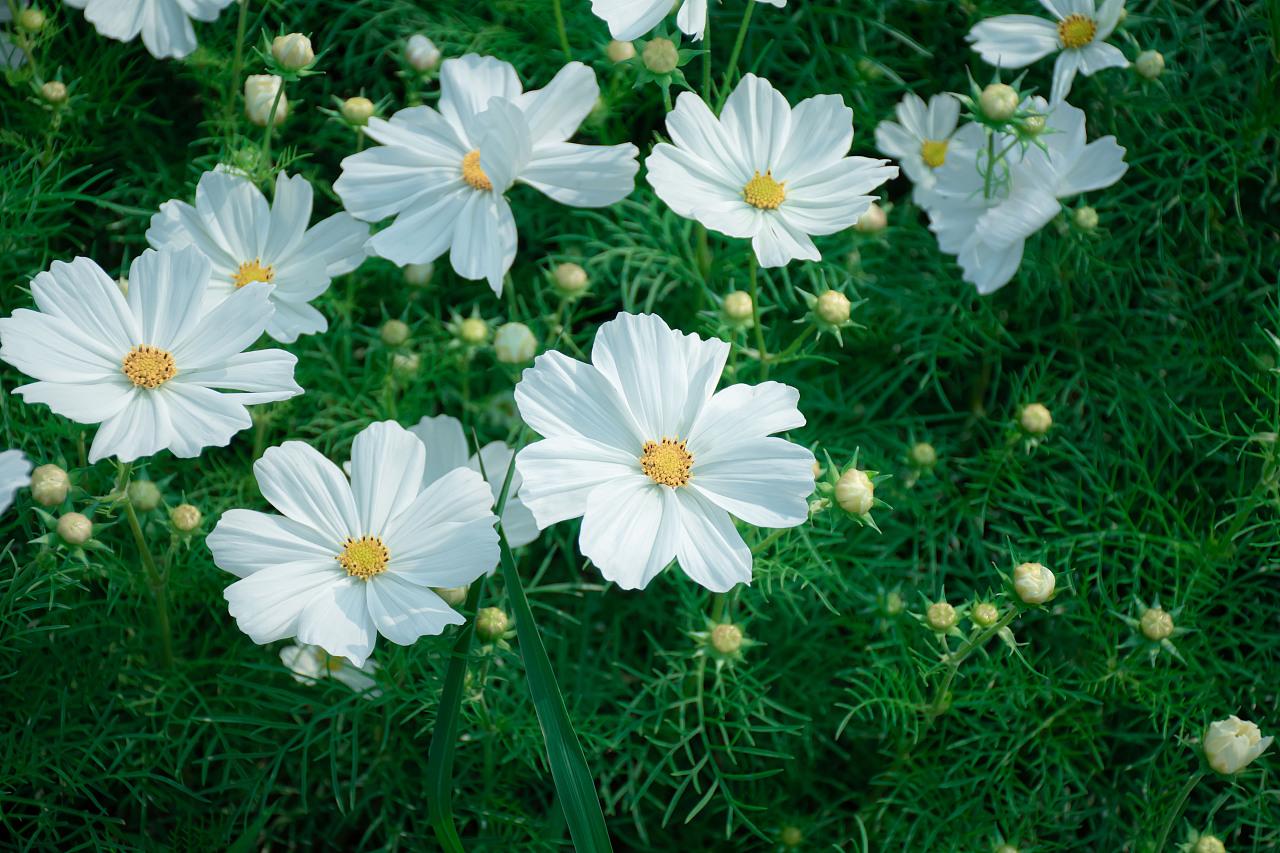Once upon a time, there was a little Eleocharis plant named Ellie. She lived by a calm pond, surrounded by various other plants. However, Ellie felt a bit different from the rest. While her peers reached for the sun, Ellie had a curious habit of simply floating on water. As she drifted from one end of the pond to another, she discovered a hidden treasure beneath the surface – a vibrant underwater world filled with colorful fish and graceful aquatic life. Inspired by her unique perspective, Ellie became a symbol of resilience and adaptability, teaching others to embrace their differences and explore new possibilities.
Picture
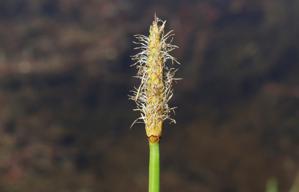
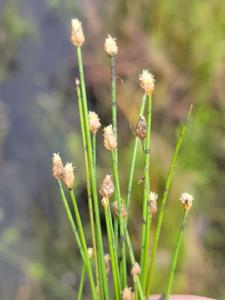
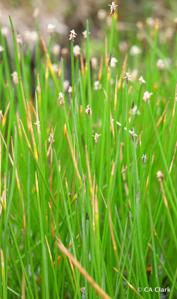
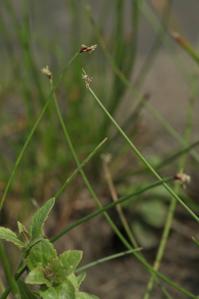
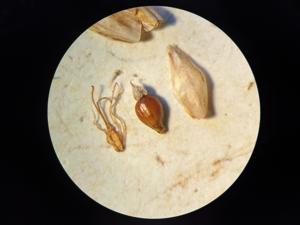
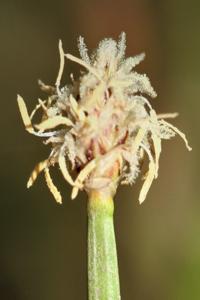
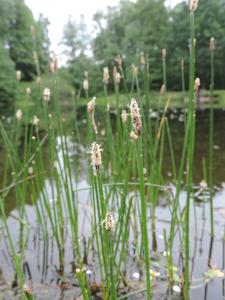
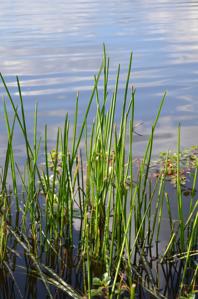
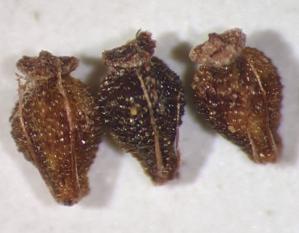
Plant some seeds now!
Short Description
Eleocharis is a virtually cosmopolitan genus of 250 or more species of flowering plants in the sedge family, Cyperaceae. The name is derived from the Greek words ἕλειος (heleios), meaning “marsh dweller,” and χάρις (charis), meaning “grace.” Members of the genus are known commonly as spikerushes or spikesedges. The genus has a geographically cosmopolitan distribution, with centers of diversity in the Amazon Rainforest and adjacent eastern slopes of the South American Andes, northern Australia, eastern North America, California, Southern Africa, and subtropical Asia. The vast majority of Eleocharis species grow in aquatic or mesic habitats from sea level to higher than 5,000 meters in elevation (in the tropical Andes).
The genus itself is relatively easy to recognize; all Eleocharis species have photosynthetic stems but no green leaves (the leaves have been reduced to sheaths surrounding the base of the stems). Many species are robust, rhizomatously-spreading plants of lowland tropical wetlands, while many others are small caespitose annual or perennial herbs growing near streams, and still others are intermediate. There are also a number of species that are obligate aquatic species, which usually have submerged, branching stems and often exhibit interesting photosynthetic adaptations, such as the ability to switch between C3 and C4 carbon fixation in response to different environmental stimuli. In all Eleocharis species, the flowers are borne on unbranched terminal spikelets at the apices of stems.
In spite of the diversity of the genus itself, taxonomic characters useful for delimiting species within it are few, and many species are very difficult to tell apart. Many currently recognized species with very wide geographic ranges are highly polymorphic. Some of these species probably contain multiple independently evolving lineages. Because of their difficult nature, it is suggested that many botanists avoid collecting these plants and so many species are under-represented in the botanical record.[citation needed]
One of the best known species is the Chinese water chestnut, Eleocharis dulcis. These plants bear tubers on their rhizomes which may be peeled and eaten raw or boiled. In Australia, magpie geese rely almost exclusively on these tubers for sustenance for a significant portion of the year.

